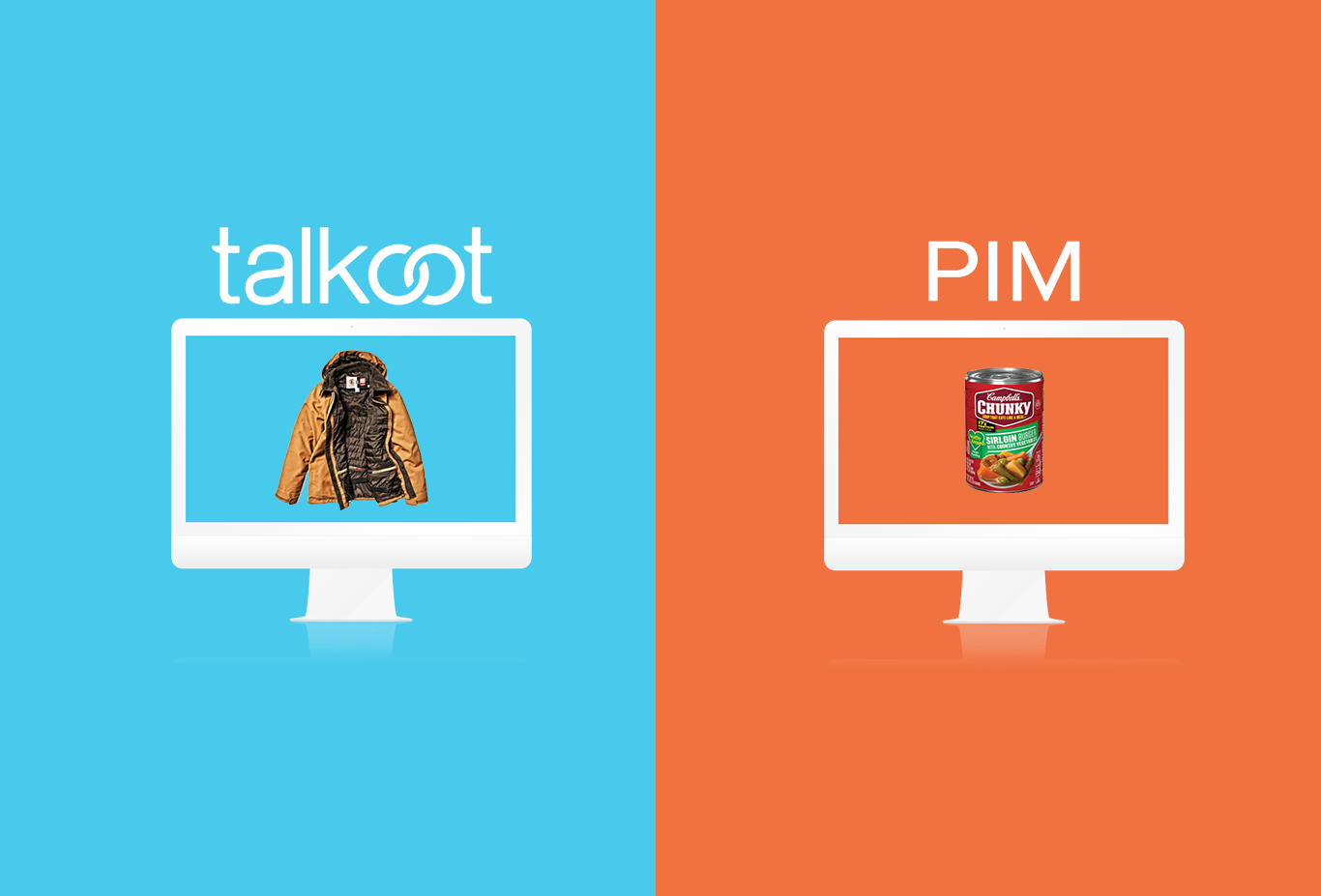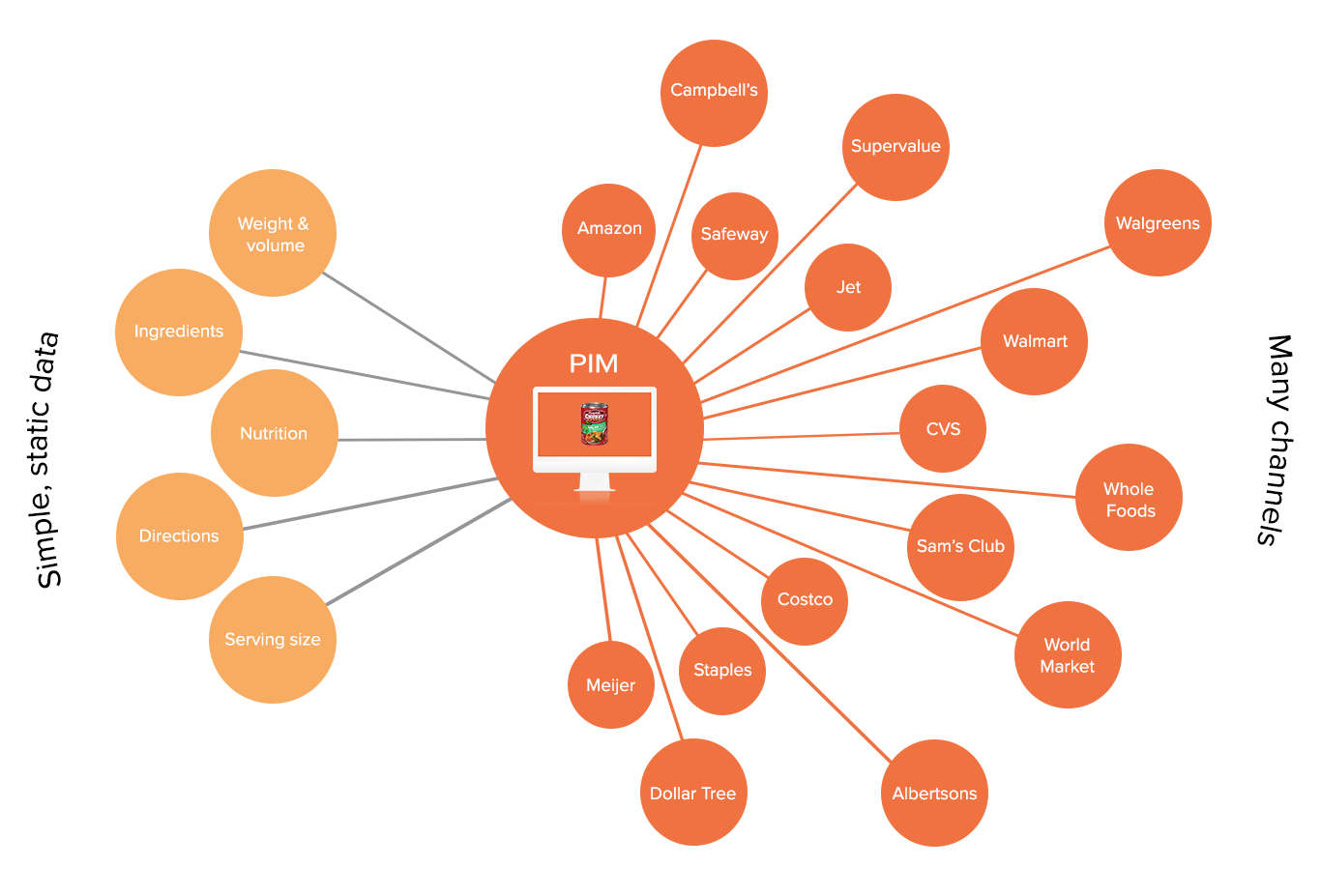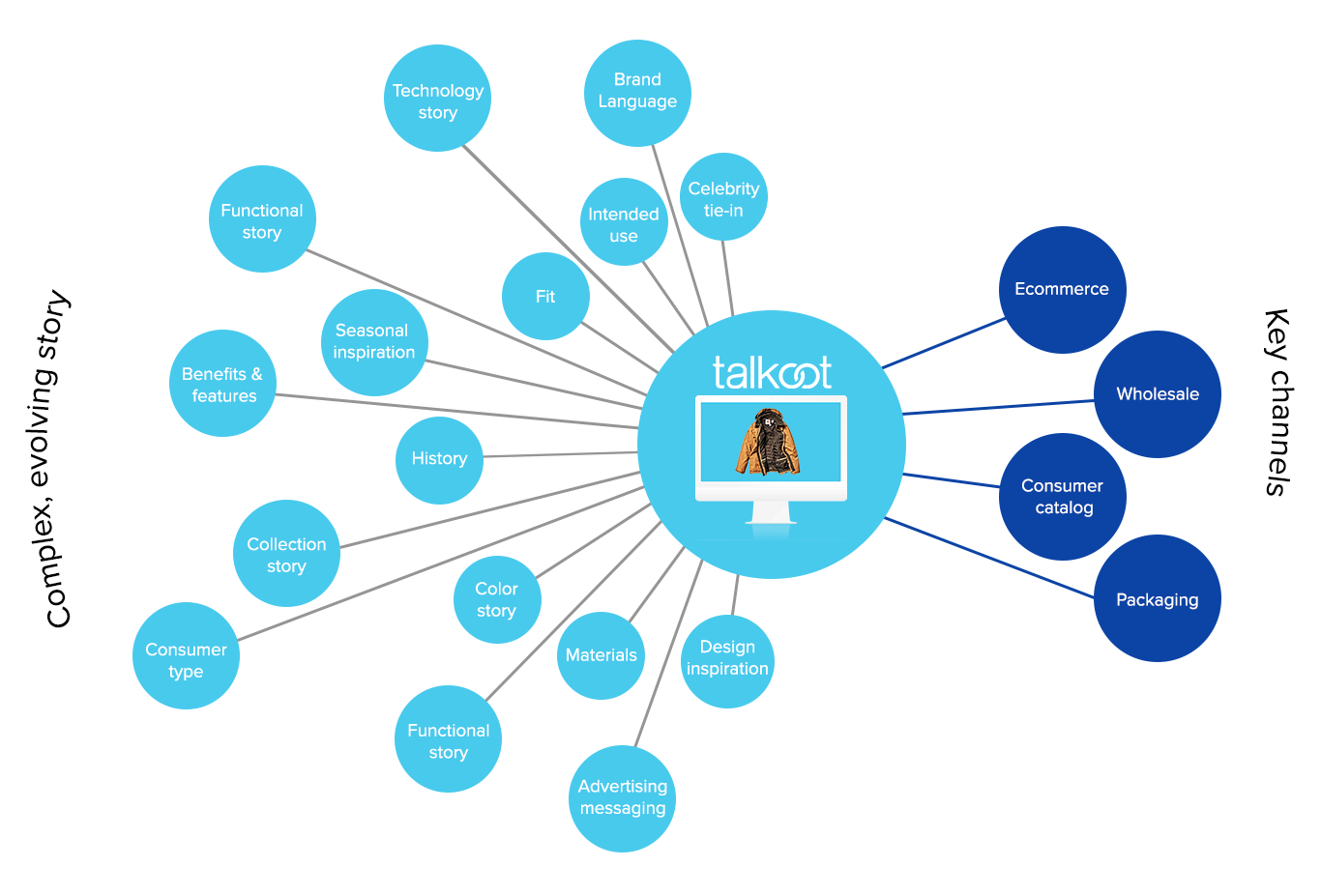What makes Talkoot Product Information Management System (PIM) different?

Brian Hennessy
Talkoot CEO and Co-Founder

Scaling your PDP content: Do you have a story problem or a storage problem?
A recent customer was on the hunt for a PIM that could help their team keep up with the constant (and growing) flow of product copy needed to bring their products to market. They were familiar with Product Information Management (PIM) systems and Content Management Systems (CMS). But none they looked at fit their needs. They didn’t just have an information storage problem. Their greatest challenge was creating high-converting product content, then organizing, tracking and sharing it.
They scoured the internet, searching for a product content production system, product copywriting tool and product copy software to no avail. Then they happened upon Talkoot, a platform specifically built to produce consumer-facing product content at scale.
To save others that long, arduous search, we created this post to help you understand what Talkoot is, who it’s designed for and how it differs from traditional Product Information Management (PIM) systems, Content Management Systems and Digital Asset Management systems (DAM).
The DNA of Talkoot: Product Storytelling
Talkoot began as an agile PIM to help global apparel and footwear brands craft inspiring, accurate product stories across channels. Apparel and footwear are fast–moving categories highly influenced by cultural trends, social media and quick-changing consumer tastes.
For brands like these, it’s not just important to have accurate product information. It’s essential for these brands to craft product stories that speak directly to their audience (s), letting them know why you’re their products are built for them, how they built them to solve their customers’ problems, and who are the personalities connected to them.
[Why product stories matter: Facts don’t change behavior. Stories do.]
If your products are traditionally sold at high margin offline through specialty shops, your own retail stores, high-end department stores or boutiques and you’re trying to build a strong DTC channel online, Talkoot will likely be the best fit for your needs. Talkoot helps replace the trusted thoughtful, relevant conversation consumers expect from the staff at their favorite specialty retailer.
Talkoot is first and foremost a collaborative productivity tool:
- Upstream system that supports collaboration between content, product, legal and brand teams
- Designed to help teams turn raw, unstructured product data, PowerPoint decks, lookbooks, meeting notes and product briefs into inspired, consumer-facing, channel-specific product stories
- Quick and less costly to deploy, and scalable from department- to enterprise-level
You’ll likely need Talkoot first if you have:
- Well-branded, sought-after products with a loyal and well-defined customer base
- Different collections, collaborations, pack sizes, technologies and/or ingredients, each with their own story that needs telling
- A strong DTC channel, or are seeking to develop a strong DTC channel
The DNA of a PIM: Product Information Storage
The majority of Product Information Management (PIM) systems were built to solve the content demands of more mass market, marketplace sellers who are much more transaction-oriented, driven by price, promotions and comparison shopping. Product content for these types of commodity products (think: liquid laundry detergent) tends to be very information-based and static through time and across channels.
If your primary online business model is to sell commodities across a wide range of marketplaces and mass market retail websites, it’s likely you’ll lean toward adopting a traditional PIM first.
A PIM is first and foremost a storage and syndication system:
- Downstream system that supports e-commerce teams who sell across many channels
- PIMs are traditionally rigid backend databases designed to facilitate downstream storage, organization and syndication of large volumes of highly structured, static product data
- PIMs are large, enterprise-wide systems that can be relatively costly and slow to deploy
You’ll likely need a PIM first if you have:
- A mass market product sold on price to a broad consumer base
- A product line that isn’t subject to fast-changing consumer tastes
- Product content that is information-based and static over time
- Many channels, each with slight variations in content formats
- A large but uncomplicated product line with few relationships between products

The DNA of a DAM: Digital Asset Storage and Syndication
A DAM functions very much like a PIM, but instead of housing product information, it houses a company’s entire visual asset library, including photography, logos and videos. While a PIM focuses on product information, a DAM stores a much wider array of visual assets, most not connected to individual products.
A DAM is first and foremost a storage and syndication system:
- Downstream system that supports marketing and web development teams
- DAMs are traditionally rigid backend databases designed to facilitate downstream storage, organization and syndication of large volumes of static visual assets
- DAMs are large, enterprise-wide systems that can be relatively costly and slow to deploy
What about a CMS?
A Content Management System (CMS) is yet another system people confuse Talkoot with. CMSs were born out of the software development world as a way to make it easier for web developers to manage websites without manually duplicating and formatting, imagery and content. A CMS sits even further downstream from a PIM. A CMS stores not only product information and digital assets, it stores every single piece of content on your entire website.
A CMS is a first and foremost a staging system:
- End-of-stream system where content is staged to go live on a single website
- Typically tied to a single website or e-commerce platform and allows you to create and manage webpages by separating the staging of your content (imagery, graphics, copy & page formats) from the code required to present it on the web
- Some headless CMS offerings allow for the staging of content across multiple websites and IoT devices
- Think of it as the retail storage room for all types of content
Large, digitally mature brands eventually adopt Talkoot, a syndication solution and a CMS
With the explosion of digital commerce, a new supply chain is developing to support its unique demands: the Product Content Supply Chain. Similar to the traditional Product Supply Chain, different processes, tools and technologies are needed to support every link in the chain.
Upstream, large, digitally mature brands use Talkoot to turn raw, unstructured data into structured, accurate, powerful, channel-specific product stories.
Downstream, they employ a syndication-focused PIM or other syndication software such as Syndic8 to distribute that consumer-facing product content along with all the metadata essential to organize and display products successfully across all the various online channels.

